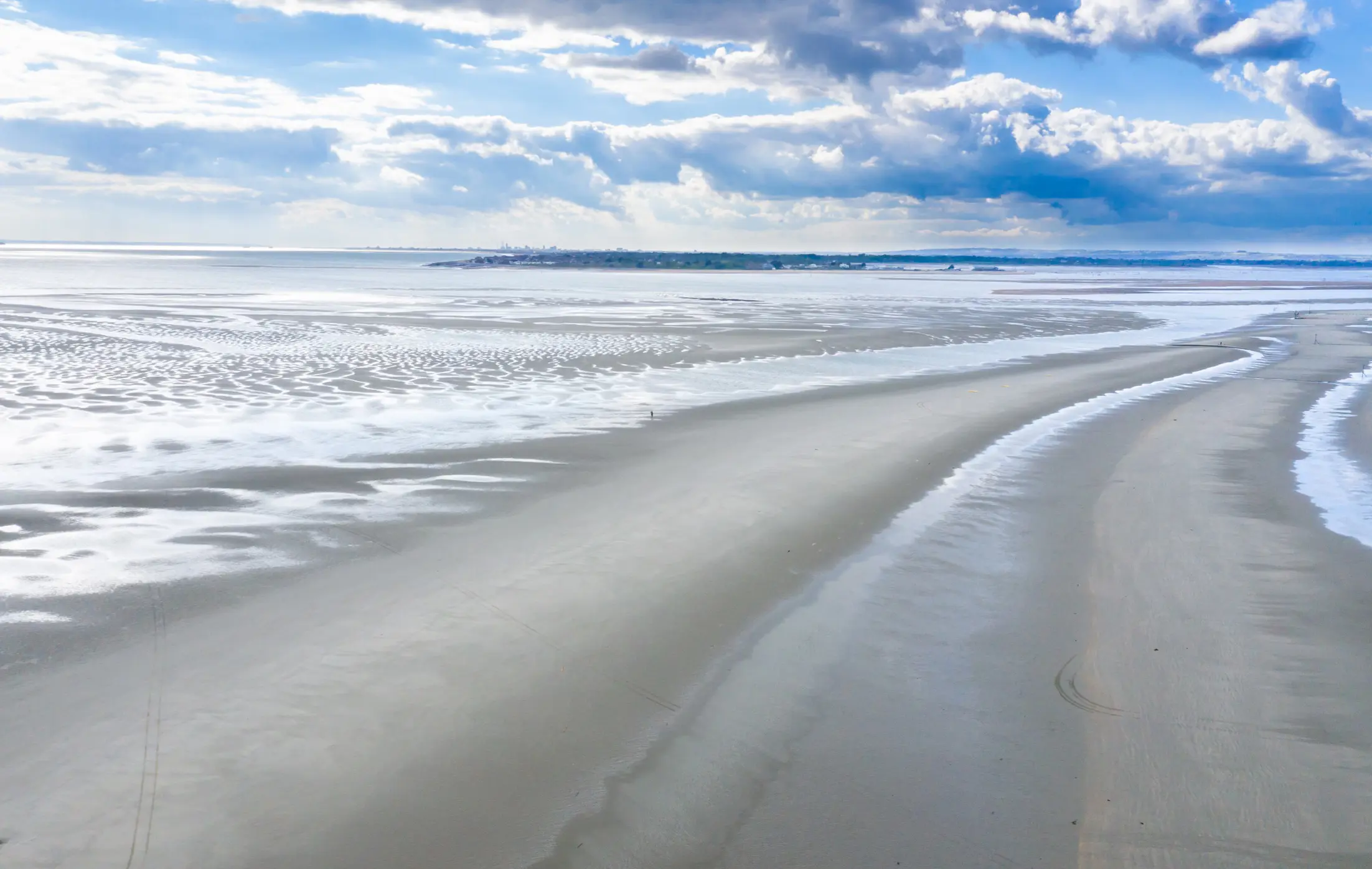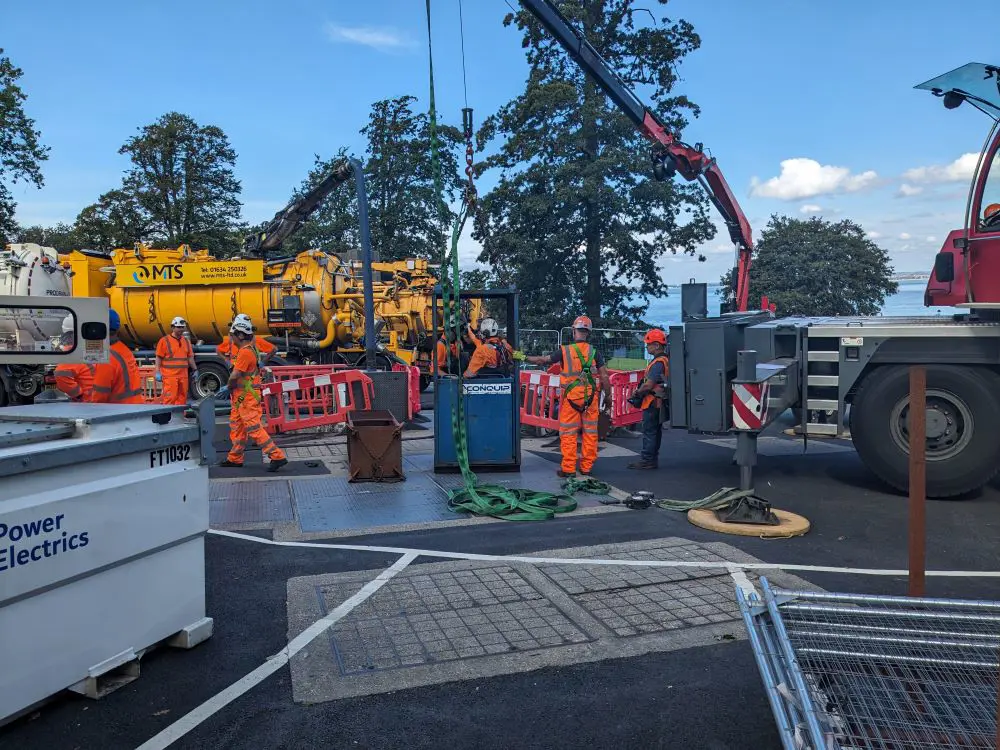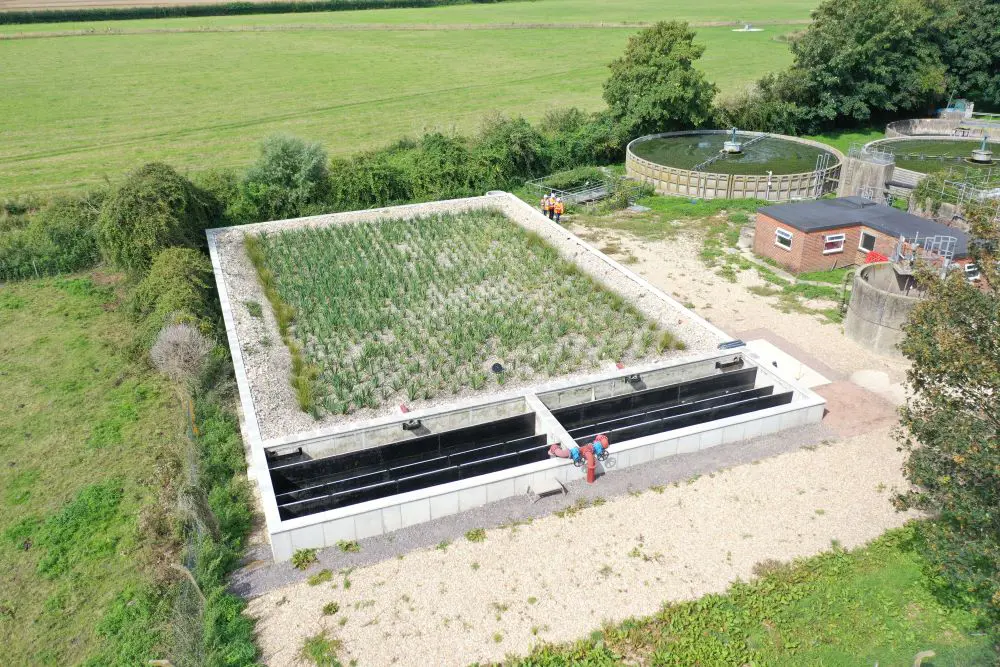
Clean Rivers and Seas Task Force
Our Clean Rivers and Seas Task Force is working with local authorities and community partners to reduce the amount of water entering our sewers and limit the use of storm overflows. With projects under way across the region, we’re already reducing releases in some areas by as much as 70%.
How the task force is reducing the use of storm overflows
The Clean Rivers and Seas Task Force use nature-based solutions, infrastructure improvements and storm water treatment to deliver several Pathfinder projects to reduce storm overflow releases.
Our regional Clean Rivers and Seas Plan goes further, using learning from these projects to develop more sustainable drainage schemes, such as raingardens and wetlands, while also increasing capacity at our own treatment sites, tackling illegal sewer connections and relining sewers. We’re focused on helping customers to “slow the flow” of water entering the system, installing water butts, soakaways and permeable driveways.

Most recent highlights
Tackling overflows near Appley
We've prevented 87 storm overflow releases last year by upgrading our Appley Wastewater Pumping Station, quadrupling the available storage and doubling the flow rate.
Our Appley site was struggling to cope with increasing rainfall, resulting in regular storm overflows. Environment Agency permits set the rules for how our sites work, and when we investigated, we discovered that by challenging the permit we could significantly increase the capacity of the site, allowing it to work much more effectively and tackling the problem of increased rainfall.

New wetland in Lavant
Our new wetland at Lavant Wastewater Treatment Works has naturally and sustainably held and treated over 134 storm overflow releases that would have previously gone out into River Lavant.
This area of East Sussex suffers from high levels of groundwater which can overwhelm our system and tankering is often required to move this water elsewhere. As well as reducing the need for tankers by holding water, wetlands clean and purify water without any polluting by-product and they improve the biodiversity of the area.

Sustainable drainage in schools
We’ve installed sustainable drainage systems in nearly 100 schools across the south in partnership with the DfE, preventing over 117 million litres of rainwater from contributing to flooding and storm overflows.
Sustainable drainage systems such as raingardens, swales, tree pits and water butts can make a huge difference. In under two years, the sustainable drainage installed has slowed enough water to fill 46 Olympic-sized swimming pools. This water has been put to good use feeding plants and creating interactive areas for learning and play.

Pan Parishes sewer sealing
In the Pan Parishes, we found that private pipework in poor condition was increasing groundwater infiltration resulting in over pumping, storm overflows and up to 30 tankers a day.
After seeking permission from the owner, we investigated further and sealed over 2.5km of private pipework at no cost to the customer, as well as 2km of our network, and 68 manholes. This work will help prevent groundwater from getting in and future-proof our sewer system. Since completion, tankers are no longer needed in this area despite record groundwater levels.

Learn more about...
Storm overflows
Learn more about storm overflows including what they are, when we use them and what we're doing to reduce their use.
Rivers and Seas Watch
Here you can use Rivers and Seas Watch, an interactive map that shows information about storm releases in our region.
Pathfinder projects
Our Pathfinder projects aim to reduce the use of storm overflows in our region. You can learn more about our current projects here.
How can you and your community get involved?
We're working hard to reduce the use of storm overflows and you can help too. Learn more here about how you and your community can get involved.
Task Force updates
Here you can read about the Clean Rivers and Seas Task Force's latest activities. We publish updates approximately every six months.
Citizen Science Report
Clean Rivers and Seas Task Force July 2024 Update
Clean Rivers and Seas Task Force November 2023 Update
Clean Rivers and Seas Task Force January 2023 Update
Pathfinder Update April 2023
Storm Overflow Task Force May 2022 Update
Showing 6 out of 6
